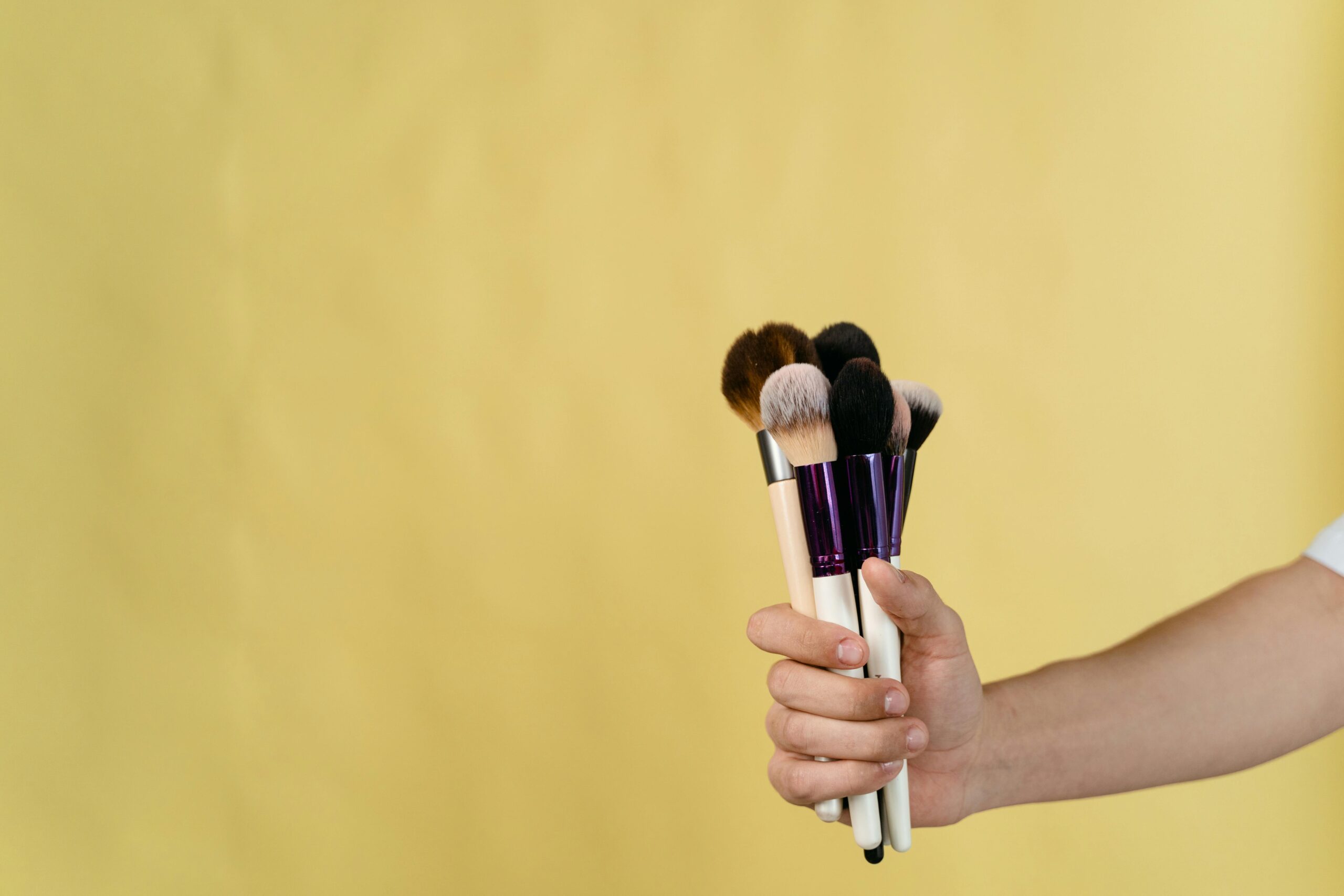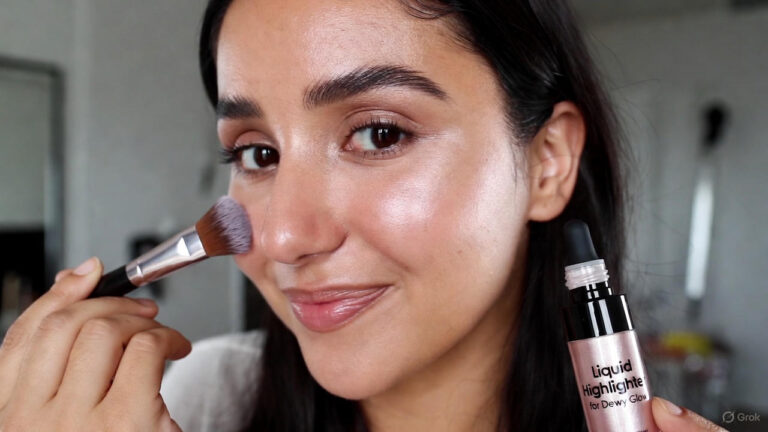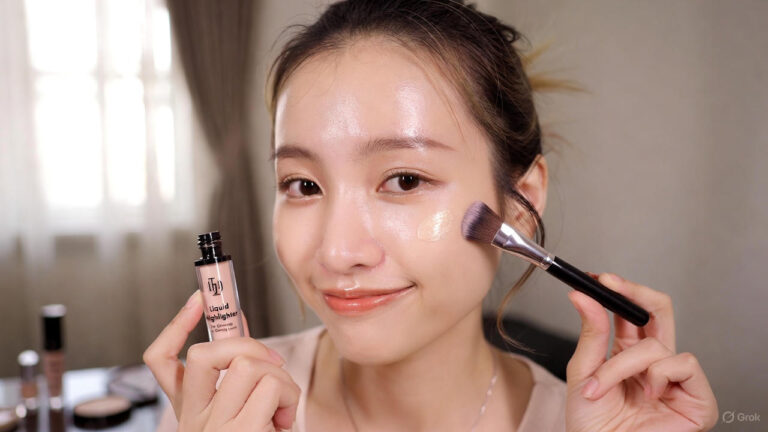Beauty tools, from makeup brushes to skincare applicators, play a vital role in our daily routines. However, they often harbor bacteria and residue if not cleaned properly. Maintaining these tools is crucial for skin health and product efficacy. This article explores effective DIY natural solutions for cleaning and maintaining beauty tools, ensuring they remain in top condition.
Why Clean Your Beauty Tools?
Regular cleaning of beauty tools prevents the buildup of bacteria, dirt, and old product residue. This buildup can lead to skin irritation, breakouts, and reduced performance of your favorite beauty products. Keeping your tools clean not only extends their lifespan but also promotes healthier skin.
Natural Solutions for Cleaning Beauty Tools
1. Vinegar and Water Solution
Vinegar is a powerful natural disinfectant that can effectively clean beauty tools.
How to Use:
- Mix equal parts white vinegar and water in a bowl.
- Soak your brushes or beauty sponges for 10-15 minutes.
- Rinse thoroughly with warm water and lay flat to dry.
2. Olive Oil and Dish Soap
For brushes that have stubborn makeup residue, a combination of olive oil and dish soap works wonders.
How to Use:
- Mix one part olive oil with two parts mild dish soap.
- Dip the bristles of your brushes into the mixture and gently swirl.
- Rinse under lukewarm water, reshaping the bristles as needed, and air dry.
3. Baking Soda Paste
Baking soda is not just for baking; it’s a fantastic cleaning agent too.
How to Use:
- Combine baking soda with a small amount of water to create a paste.
- Apply the paste to makeup brushes or sponges and gently scrub.
- Rinse thoroughly with warm water, ensuring all residue is removed.
4. Tea Tree Oil Cleaner
Tea tree oil possesses natural antibacterial properties, making it a great choice for cleaning beauty tools.
How to Use:
- Mix a few drops of tea tree oil with a cup of warm water.
- Soak brushes or sponges in the solution for about 10 minutes.
- Rinse well with water and allow to dry completely.
5. Coconut Oil for Makeup Sponges
Coconut oil is excellent for removing makeup from sponges while also conditioning the material.
How to Use:
- Apply a small amount of coconut oil directly to the sponge.
- Gently work the oil into the sponge to dissolve makeup.
- Rinse with warm water until clean and free of oil.
Maintaining Your Beauty Tools
1. Regular Cleaning Schedule
Establish a routine for cleaning your beauty tools. Aim to clean brushes at least once a week and sponges after every use. This practice keeps your tools hygienic and in good shape.
2. Proper Drying Techniques
After cleaning, it’s essential to dry your tools correctly.
- For brushes, lay them flat on a towel to avoid water pooling in the ferrule, which can loosen the glue and damage the bristles.
- Sponges should also be air-dried in a clean, well-ventilated area.
3. Storage Solutions
Store your beauty tools in a clean, dry place.
- Consider using a brush holder or a clean container to keep them upright.
- Avoid overcrowding, as this can lead to bending or damaging the bristles.
4. Avoid Sharing
While sharing beauty tools may be tempting, it can lead to the transfer of bacteria. If sharing is necessary, ensure tools are cleaned thoroughly before and after use.
5. Inspect Regularly
Check your beauty tools regularly for signs of wear and tear. Replace any tools that are damaged or excessively worn, as they may not perform well or could irritate your skin.
Conclusion
Cleaning and maintaining beauty tools doesn’t have to be complicated or involve harsh chemicals. With these DIY natural solutions, you can ensure your tools remain hygienic and effective. Regular care extends their lifespan, promotes healthier skin, and enhances your beauty routine.
FAQs
1. How often should I clean my makeup brushes?
Aim to clean your makeup brushes at least once a week for optimal hygiene.
2. Can I use soap instead of dish soap for cleaning beauty tools?
Yes, a mild soap can be used, but dish soap is often more effective for removing makeup residue.
3. Is it necessary to clean my beauty sponges after every use?
Yes, cleaning your beauty sponges after each use helps prevent bacteria buildup and maintains skin health.
4. Can I use alcohol to clean my beauty tools?
While alcohol can disinfect tools, it can also be harsh on bristles and materials. Use it sparingly and follow with a conditioning treatment.
5. How can I tell if my beauty tools need to be replaced?
If you notice fraying bristles, discoloration, or an unpleasant odor, it’s time to replace your beauty tools.
6. Are there any natural alternatives to commercial brush cleaners?
Absolutely! Natural solutions like vinegar, olive oil, and tea tree oil are effective alternatives to commercial brush cleaners.



